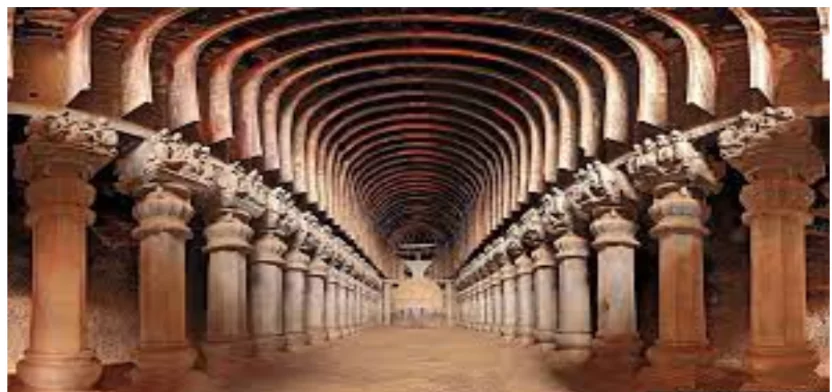![]() June 7, 2024
June 7, 2024
![]() 5759
5759
![]() 0
0

Post-Mauryan period witnessed the continuation and evolution of cave traditions in India, with caves serving as religious, artistic, and architectural expressions across various regions and dynasties.
Rock-Cut Caves
| CHAITYAS | VIHARAS |
|
|
Cave Tradition in Western India

Cave Tradition in Eastern India
Buddhist caves have been excavated mainly in the coastal regions of Andhra Pradesh and Odisha.
Guntupalli Cave (Andhra Pradesh)
|
Must Read |
|
| Current Affairs | Editorial Analysis |
| Upsc Notes | Upsc Blogs |
| NCERT Notes | Free Main Answer Writing |
| Related Articles | |
| Cave Tradition In India | Buddhist Monuments Of South India |
| Sangam Age – Political History of South India | Mauryan Empire (322-185 BCE) |
| Jainism and Buddhism | Vedic Period: History Notes |
<div class="new-fform">
</div>

Latest Comments